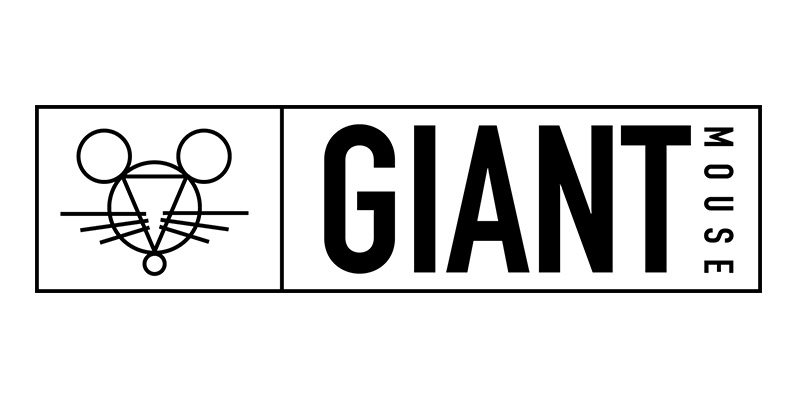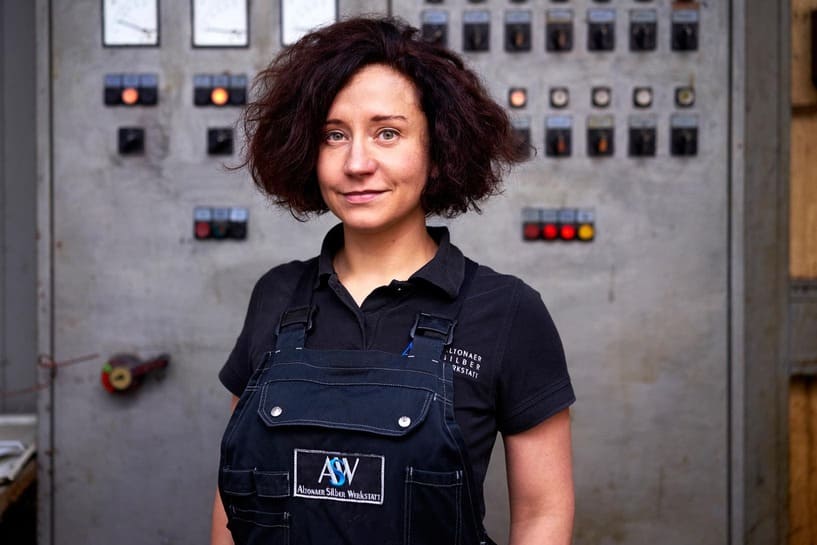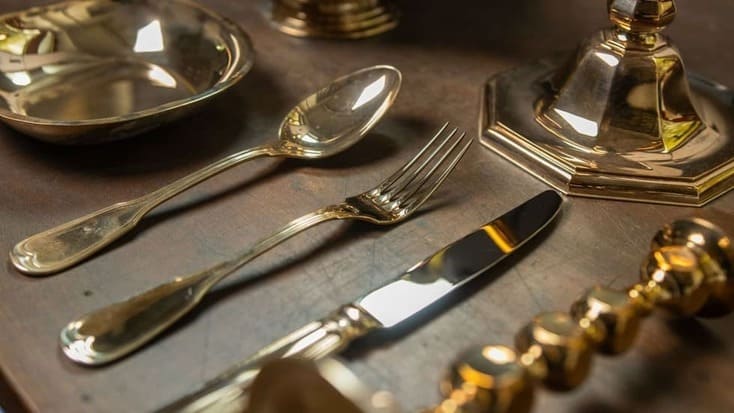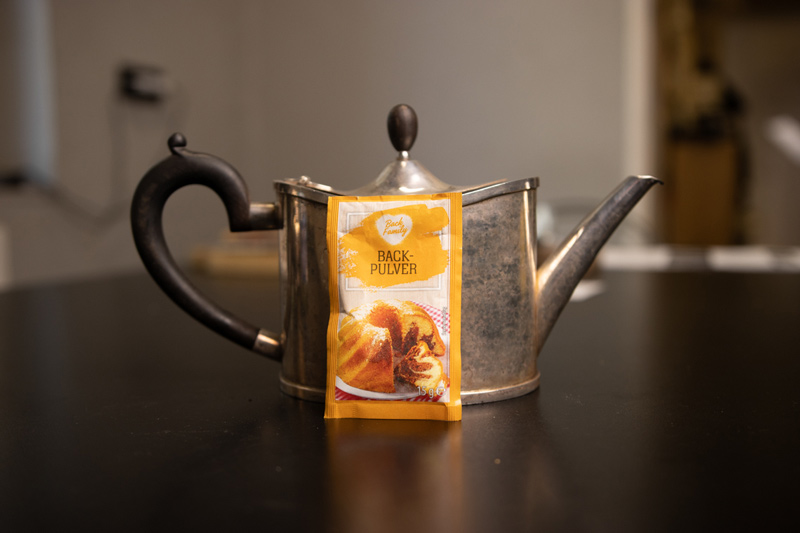Silver melts at a temperature of approximately 961 degrees Celsius.
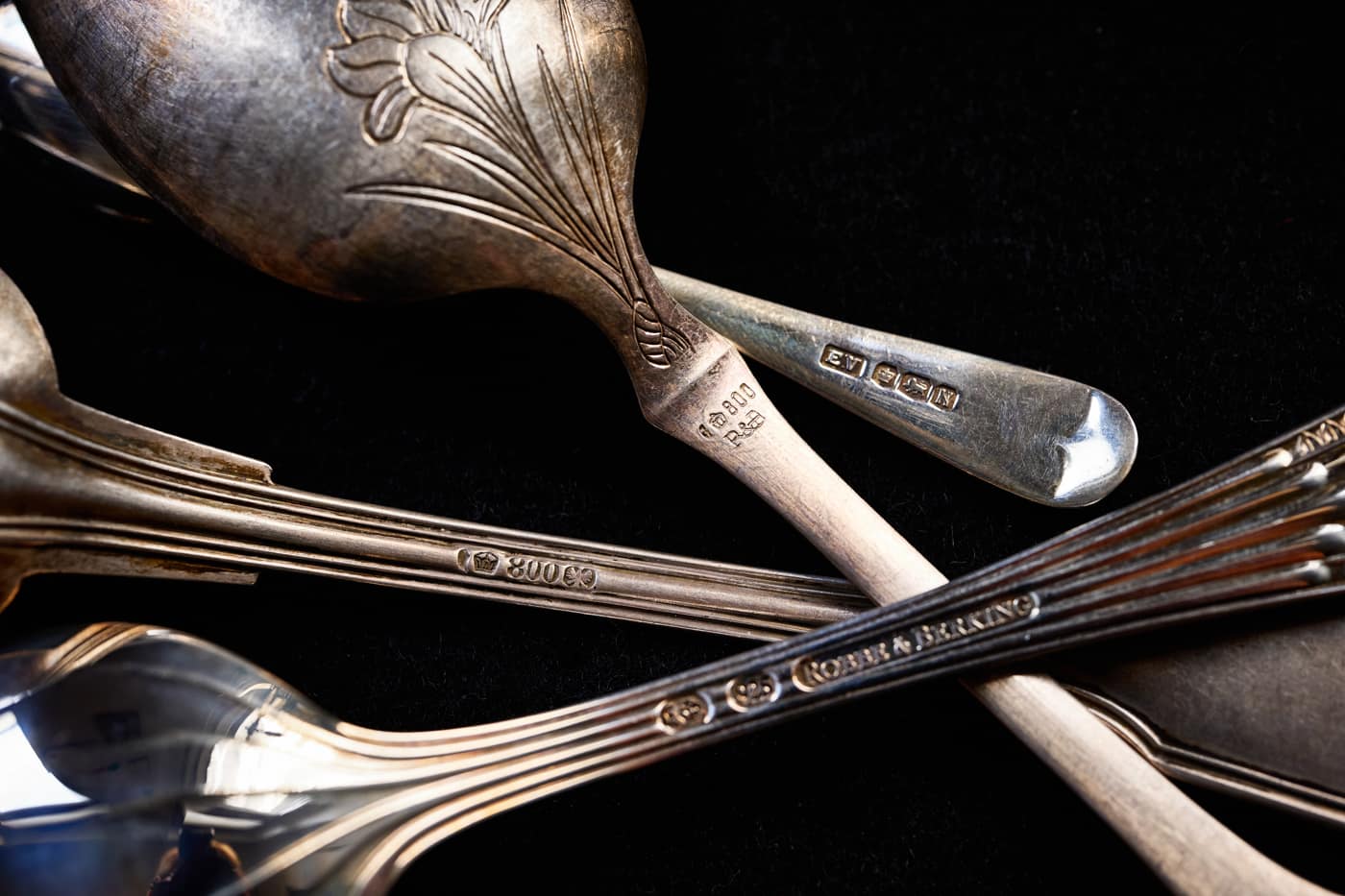
The Variety of Silver Types: From 925 Silver to Special Silver Alloys
Silver is a precious metal with an incredibly long history dating back to the 5th millennium BC. Even today, silver jewelry, tableware, and cutlery remain highly popular. This blog post provides an overview of the different types of silver and explains what silver alloys are all about.
What Does Alloy Mean? – A Brief Explanation
Silver alloys are mixtures of pure silver and other metals that are developed to increase hardness, making it more practical for everyday use. For example, if forks were made of pure silver, the tines would easily bend. Silver alloys also play an important role in the production of different types of silver. This is how sterling silver, which is popular for cutlery, fine silver with a high degree of purity, or silver-plated silver, where a thin layer of silver is applied to another metal, are created. Alloys expand the applications of silver – while preserving the unique properties of the metal.
Tip: In our blog post “Silver Properties”, you can learn more about the precious metal and its many different advantages and characteristics, such as its antibacterial properties – which is one of the reasons why silver cutlery is so popular.

Silver Alloys: A Table of the Most Popular Alloys
| Alloy | Purity (% Silver) | Composition | Usage |
|---|---|---|---|
| 800 Silver | 80% Silver, 20% Other Metals | Mostly Copper | Tableware, Candle Holders, Jewelry |
| 625 Silver | 62.5% Silver, 37.5% Other Metals | Often Nickel and Copper | Seldom used, historically for coins |
| 700 Silver | 70% Silver, 30% Other Metals | Mostly Copper | Utility Items |
| 830 Silver | 83% Silver, 17% Other Metals | Mostly Copper or Nickel | Cutlery, Jewelry |
| 835 Silver | 83.5% Silver, 16.5% Other Metals | Copper and Nickel | Jewelry, Silverware |
| 900 Silver | 90% Silver, 10% Other Metals | Copper | Coins, Jewelry |
| 925 Silver | 92.5% Silver, 7.5% Copper | Copper | Cutlery, Jewelry, Luxury Goods |
| 935 Silver | 93.5% Silver, 6.5% Copper | Copper | Jewelry, Luxury Accessories |
| 999 Fine Silver | 99.9% Silver, 0.1% Impurities | Nearly Pure Silver | Coins, Bars, Rarely Used for Jewelry |
Good to know
Nowadays, in Germany, especially when it comes to tableware and flatware, lower alloys are rarely used. Instead, higher alloys are employed, such as sterling silver.

The Different Types of Silver – An Overview
There are several types of silver alloys, each with different properties depending on their composition. Here are the most popular alloys:
- Sterling Silver, also known as 925 Silver. This alloy consists of 92.5% pure silver and 7.5% other metals, usually copper. Sterling silver is very popular due to its durability and beautiful appearance, and it is used for tableware, cutlery, candle holders, silver coins, and many other silver items.
- 800 Silver and 835 Silver are old alloys that have since been replaced by 925 silver. They contain 80% and 83.5% pure silver, respectively. The stamps of both alloys on silver indicate silver jewelry or silverware made in Belgium, Austria, the Netherlands, Germany, and Portugal. 800/-, 830/-, and 835/- silver is also referred to as "genuine silver."
- 999 Silver, also known as Fine Silver, consists of 99.9% pure silver. Due to its softness and susceptibility to scratches, it is less commonly used for jewelry compared to sterling silver.

How to Clean Your Silver Teapot
Over time and with frequent use, it is normal for black deposits to form inside your teapot. If you want to clean your silver teapot from the inside, we show you in our post “How to Clean a Silver Teapot” how to remove the deposits using household remedies.
What Silver Marks and Stamps Mean
You may have noticed them before: Silver marks and stamps are small symbols that help identify the quality and authenticity of silver. There are thousands of different silver stamps and marks worldwide. Some of these stamps are general indicators of the silver's purity, while others provide information about the manufacturer or the manufacturing date.
Especially in Europe, there are detailed regulations, and many countries such as the UK, France, Germany, and Italy have their own specific stamps. In the UK, for example, it is the Hallmarks that correspond to the silver's purity and origin. It is estimated that there are over 12,000 different silver stamps worldwide to document the quality and origin of silver items.
Each country has its own historical and cultural stamping traditions. A well-known example is the lion walking to the left – a symbol used in England to indicate sterling silver. In France, however, the Minerva head was used as a silver stamp to indicate 925 silver. It is especially significant in France and often depicts the head of the Roman goddess Minerva.

Unforgettable Wedding Gifts: Silver with a Personal Engraving
Are you looking for a beautiful and truly unique wedding gift? Our tip: Wedding gifts with engraving are a wonderful way to give the couple a personal and lasting memory.
FAQ
Sterling silver refers to an alloy that consists of 92.5% pure silver. This mixture makes the silver harder, making it ideal for the production of jewelry, cutlery, coins, and many other silver items. As early as 1300, King Edward I passed a law requiring all silver articles to meet the sterling silver standard – 92.5% pure silver. The name "sterling" comes from the English silver pennies, called sterlings, which were made from sterling silver.

